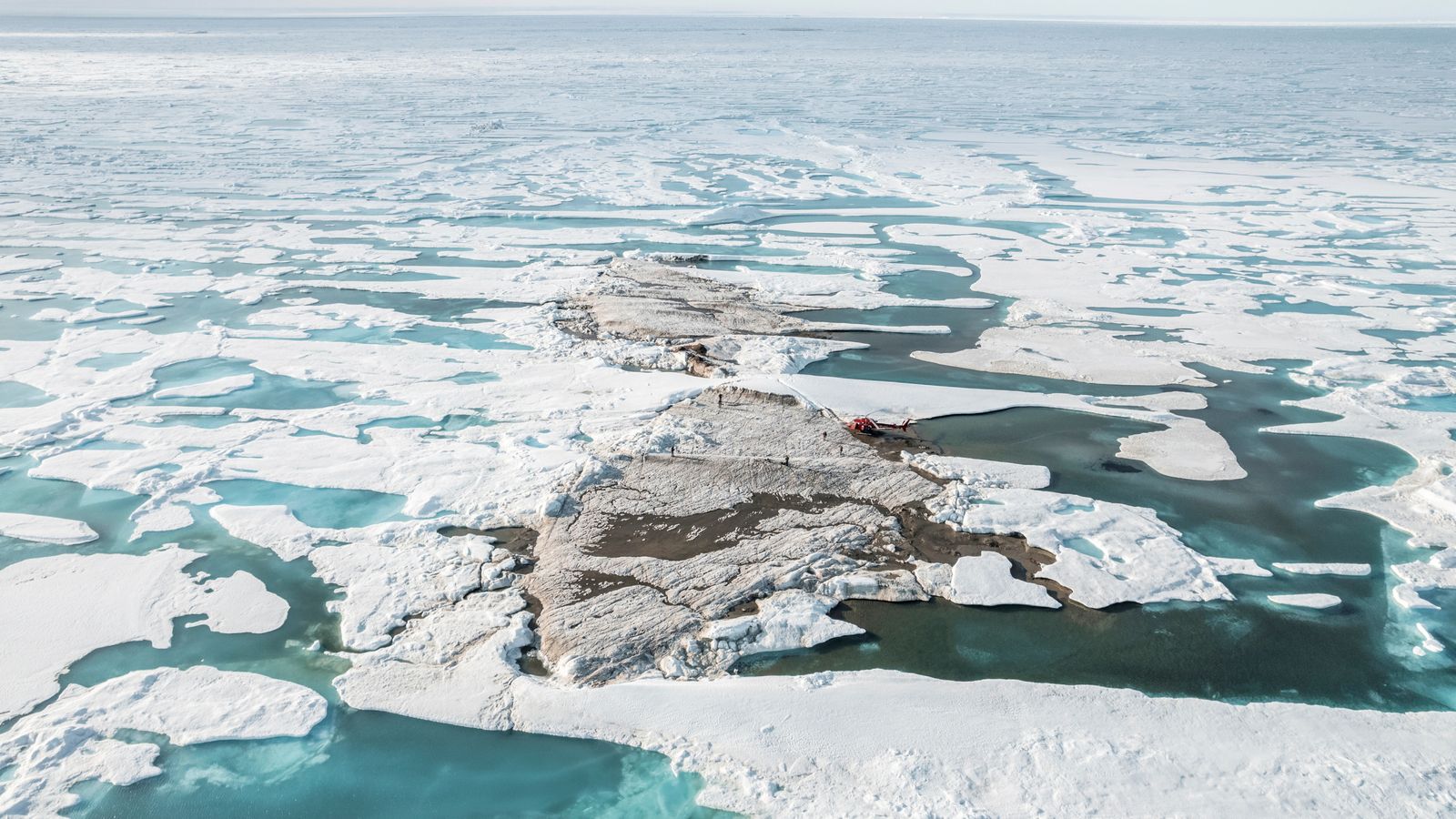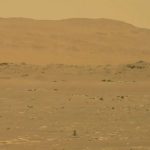Scientists believe they have discovered the northernmost island in the world, after a tiny patch of land was revealed by shifting ice off the coast of Greenland.
The finding happened by accident as researchers visited the area to collect samples.
“It was not our intention to discover a new island,” said Morten Rasch, polar explorer and head of the Arctic Station research facility in Greenland.
The crew do not believe the exposure of the island was a direct consequence of global warming, which has been shrinking Greenland’s ice sheet.
However, mass melting in the region due to climate change has sparked friction among Arctic states like Canada, the US, Russia, Norway, and Greenland, as they jostle for control of new shipping routes and fishing rights.
Several US expeditions have in recent decades searched in the same area for the world’s northernmost island.
Initially, this team thought they had arrived at Oodaaq, an island uncovered by a Danish survey team in 1978.
It was only when they later checked the precise location, they realised they had in fact visited another island 780 metres northwest.
Swiss entrepreneur Christiane Leister, creator of the Leister Foundation that financed the expedition, said it reminded her of “explorers in the past, who thought they’d landed in a certain place but actually found a totally different place”.
The small island, measuring roughly 30 metres across and a peak of about three metres, comprises seabed mud as well as moraine – soil and rock left behind by moving glaciers.
To classify as an island and therefore be subject to territorial claims, land must remain above sea level at high tide.
“It meets the criteria of an island,” said Rene Forsberg, professor and head of geodynamics at Denmark’s National Space Institute. “This is currently the world’s northernmost land.”
But Forsberg, who advises the Danish government, thought it’s unlikely to change Denmark’s territorial claim north of
Greenland, as “these small island come and go”.
The team have suggested the land be named “Qeqertaq Avannarleq”, which means “the northernmost island” in Greenlandic.
Please use Chrome browser for a more accessible video player
Sky News has launched the first daily prime time news show dedicated to climate change.
The Daily Climate Show is broadcast at 6.30pm and 9.30pm Monday to Friday on Sky News, the Sky News website and app, on YouTube and Twitter.
Hosted by Anna Jones, it follows Sky News correspondents as they investigate how global warming is changing our landscape and how we all live our lives.
The show also highlights solutions to the crisis and how small changes can make a big difference.






















